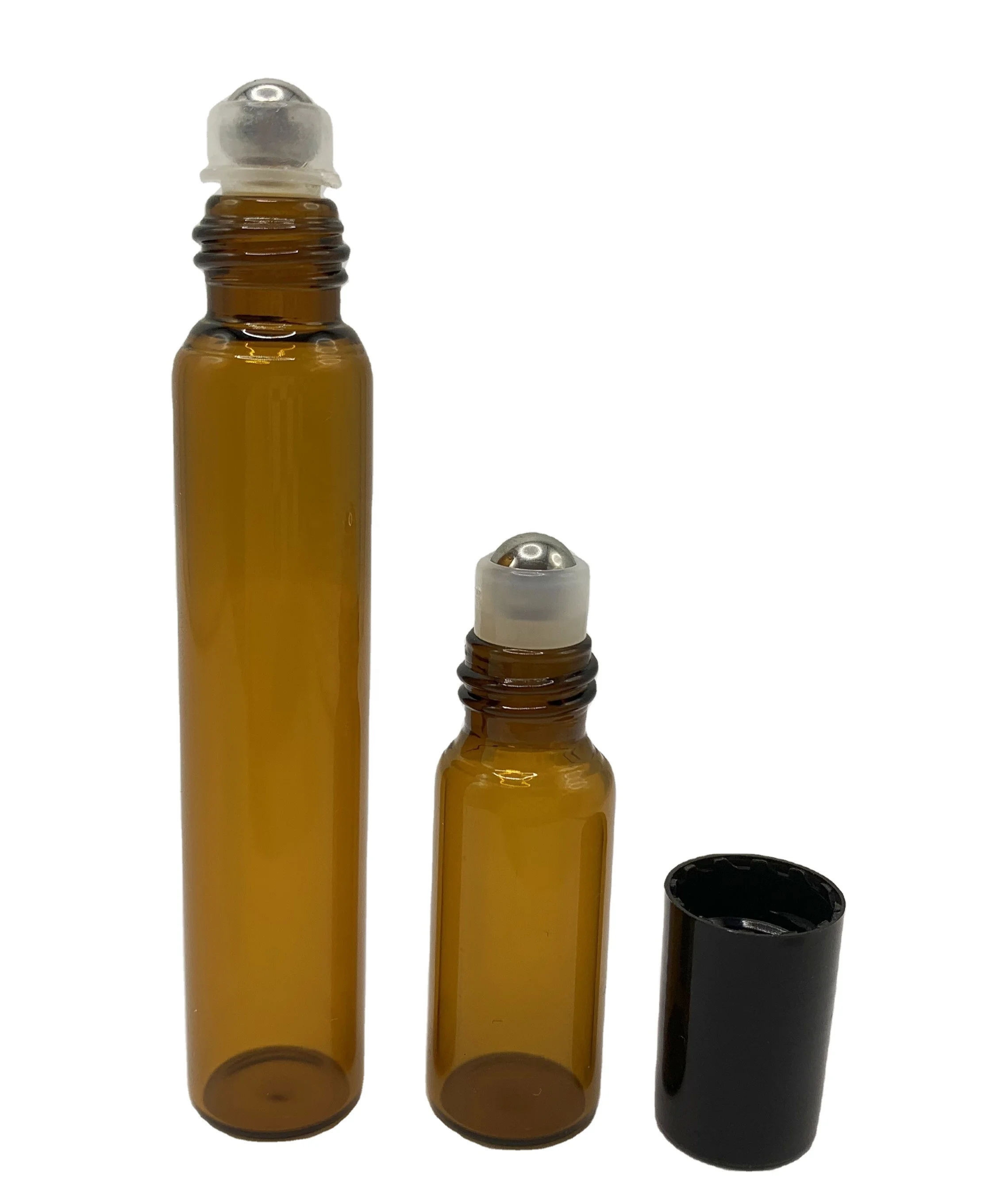Patient-Centric Approaches to Pharmaceutical Packaging

Both parents and children find it difficult to take medicine. Sometimes, the packaging of prescription medicine is not user-friendly (especially for kids). This is where patient-centric actions enter into the pharmaceutical packaging to simplify things about that. In this article, we will further discuss why patient-centric packaging has an edge and how it amalgamates innovation as well as safety for the convenience of medication administration.
Benefits Of Patient-Centered Pharmaceutical Packaging
Consumer-centric pharmaceutical packaging offers several advantages It begins with increasing the likelihood that patients continue taking their medications as prescribed. A user-friendly packaging also can help save time for busy parents/caregivers and the children. In addition, well-marked labeling on the packaging help prevent mix-ups and confusion between medications. Patients who can see what medication to take and when, based on their symptoms will be easier for them to establish a routine.
Accurate dosage administration is another key benefit of patient-focused packaging. If the packaging contains a dose schedule or separate compartments of accurate medication amounts, it may avoid from under-dosing as well like over-dose. This is especially critical for those that are on the medications, and need a visual reminder of which medication to take. Summation - By and large, patient-centric pharmaceutical packaging helps patients stay healthier.
Innovative and Safe Packaging
Pharmaceutical packaging is the world of innovation and there are lots have been developed in this field. Today, new packaging can be developed by using patient centric ways to guarantee usability & safety. Innovative packaging solutions examples being bubble packs, child-resistant bottles and medication dispensers. For example, blister packs are a key focus for making sure that children take the right amount of medicine at the right time. Child-resistant bottles are nothing new, but they do still present an efficient way to help prevent a traumatic scenario in which a powerful medication gets into the hands of any curious young person.
Yet, the ultimate leap as far pharmaceutical packaging is concerned has been towards technology incorporation. Smart packaging solutions with sensors and wireless technology capabilities has also been introduced providing a paradigm shift in the industry. This type of packaging can help remind patients to take their medicine, and even monitor side effects. Smart packaging could also function as an alert to health-care providers, who might otherwise not know if a patient is skipping pills or having problems under certain circumstances.
Patient-Centric Packaging Implementation Guide
While the former is advantageous, tha latter needs to be user-friendly and that is what underlines our patient-centric packaging. It is formulated in such a way that makes the process of consumption easier. Blister packs Products come pre-printed with days of the week and each pill is held in a specific compartment. Patients don't need to think in a quantitative manner since it is set up so that they get the right dosage at the right timing for taking their medication. Moreover smart packaging can include how-to guides on the best usage, to remind patients of correct method and dosage.
Quality and Assurance
Most pharmaceutical packaging is subjected to strict testing and quality control protocols, ensuring its safety and efficiency. This ensures patient-centric designs to make the packaging customized and user-friendly for helping patients take medicines on time. In addition, most organizations provide patient support and customer service to address any concerns of questions that the patients may have.
When there is glass food containers with lids
The implementation of patient-centric packaging can apply to a range of types medications from prescriptions and over-the-counter drugs, all the way down to dietary supplements. In addition, certain patient-centric packaging types are formulated to cater for the needs of specific medications. As seen above, inhalers and injectors will require packaging that features clear instructions in smaller packages whereas conventional tablets could simply be packaged in straightforward blister packs.
Conclusion
As mentioned earlier, the old-aged school of glass food storage containers with glass lids rests as a modern and dynamic solution to drug adherence among patients. In addition to the various benefits of patient-centric pharmaceutical packaging, including better medicine adherence and understanding due to clearer labeling and accurate dosing for these youngest patients (3). Additionally, its broad-spectrum applications across various categories of medicine together with extremely user-friendly characteristics render it an invaluable resource in order to streamline and enrich the healthcare experience for all parties.